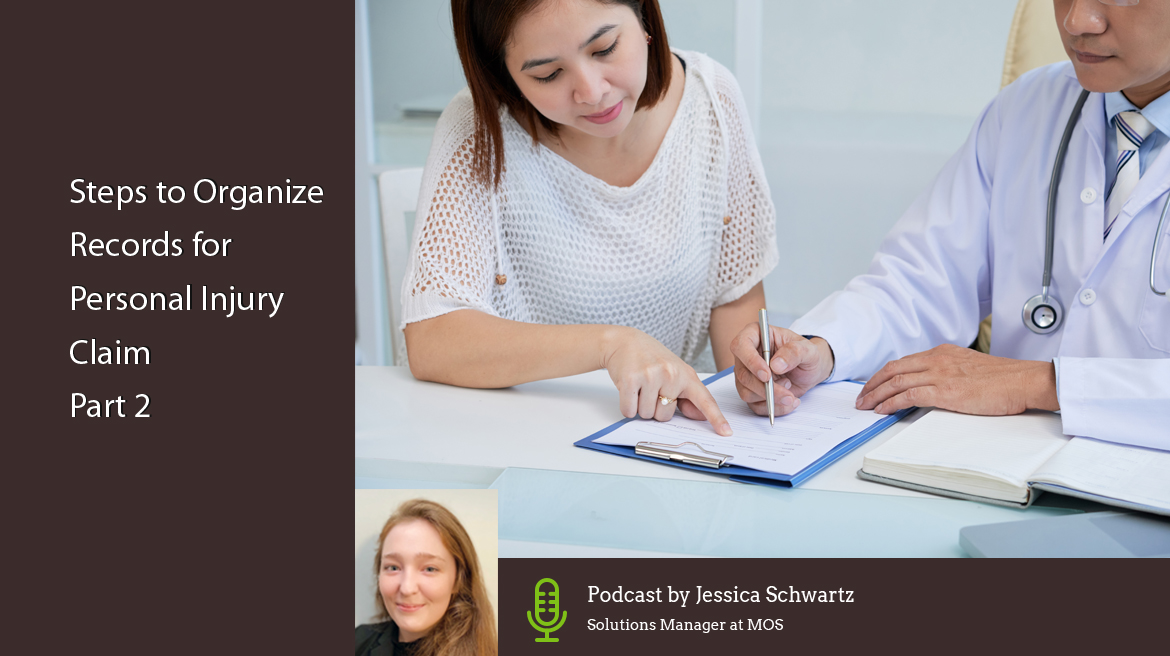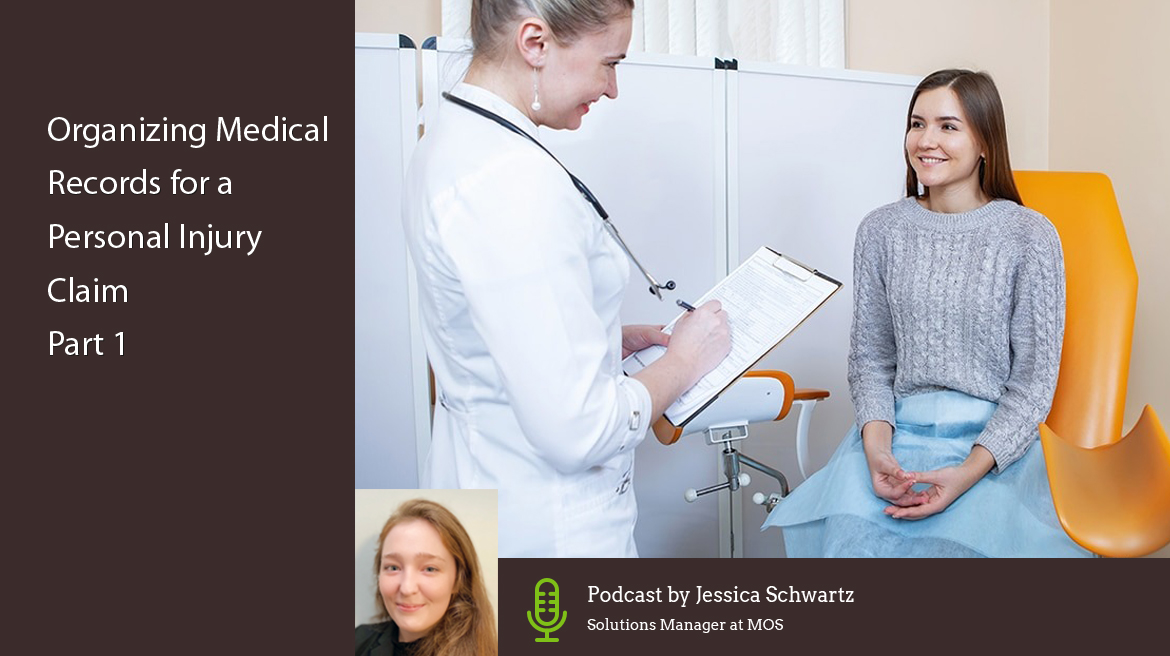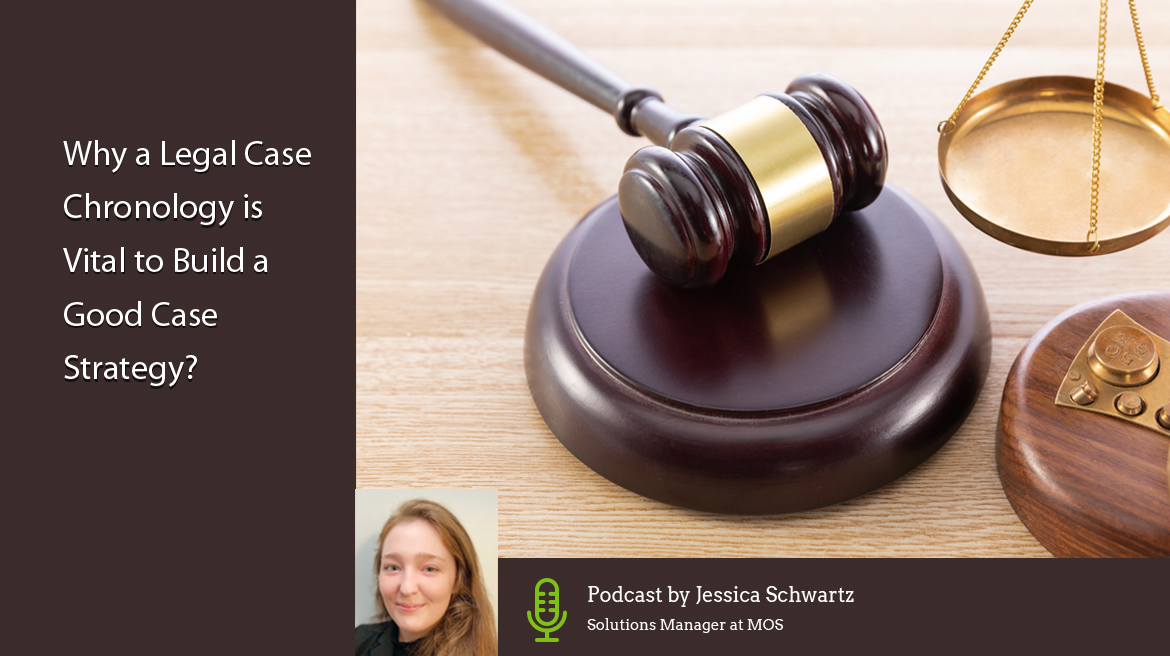At MOS, our team has extensive knowledge and experience in providing medical record and medical chart review services for medico-legal clients. With our services, law firms can benefit from stringent quality control protocols, security, customizable turnaround time, and competitive pricing.
In today’s podcast, Jessica Schwartz, one of our Solutions Managers, discusses key elements that determine negligence in a burn injury lawsuit.
Podcast Highlights
02:20 Common Types of Burn Injuries
03:13 4 Key Elements to Prove Negligence in a Burn Injury Lawsuit
Read Transcript
Burn injuries can happen at work, at home, in a public place, shopping malls, restaurants or anywhere. If burn injuries happen due to someone else’s negligence, the injured person can claim compensation. Burn injury lawyers can take support from professional medical review companies to collect crucial facts related to the claim. Victims of burn injuries can claim compensation for many reasons such as medical expenses, infection, scarring, loss of sensation, respiratory disorders, organ failure, tissue damage, pain and suffering, loss of income caused by missed time at work, and more.
Burn injuries mainly happen because of exposure to fire, hot liquid, and steam. Such injuries can cause serious physical injuries as well as mental stress. According to a report from the National Fire Protection Association (NFPA), local fire departments responded to 1,353,500 fires in 2021. These fires caused 3,800 civilian deaths, 14,700 civilian injuries and $15.9 billion in property damage. 75% of all fire deaths are caused by home fires and 18% was caused by vehicle fires.
Depending on the depth and severity, burn injuries are categorized from first to fourth degree burns. First-degree burns affect the outer layer of the skin. Second-degree burns affect both the outer and lower layers, and may cause blisters and swelling that require medical care. Third-degree burns affect all skin layers and may even lead to nerve damage and loss of feeling. Fourth-degree burns affect almost all skin layers and may extend deep into muscle tissues and bones.
02:20 Common Types Of Burn Injuries
The most common types of burn injuries are –
Chemical burns – burns that occur with exposure to a strong acid or alkali in the skin or eyes
Thermal burns – burns caused by heat sources, hot metal, flames etc. that raises the skin’s temperature
Friction burns – injuries caused by rubbing or scraping off the skin on a hard surface
Radiation burns – burns caused by prolonged exposure to radiation sources such as the sun’s UV rays or X-rays
Electrical burns – burns that occur when an electrical current runs through the body
Inhalation burns – burns caused due to breathing in hot, polluted air from a fire
Scald burns – Injuries caused by exposure to very hot water or steam
03:13 4 Key Elements to Prove Negligence in a Burn Injury Lawsuit
To establish negligence in a burn injury claim, personal injury attorneys try to prove:
Duty of Care
Negligence cases can be filed, only if the defendant owed a duty of care when the injury occurred. Employers are legally obliged to exercise reasonable care in preventing employees from being harmed. Lawyers collect evidence to show that the defendant had a duty of care to the victim. The duty of care owed will depend on the circumstances unique to the case and what a reasonable person would have done in the same situation. For instance, in case of fire in an office building, the employer owes a duty of care to employees to keep their working environment safe.
Breach of That Duty of Care
The next thing the attorney tries to prove is that the duty of care was breached. Breach refers to the defendant’s violation of duty or failure to demonstrate the reasonable care expected of them. Attorneys collect evidence to prove that the defendant has taken improper action. A person who acts carelessly-unreasonably, without due care-breaches the duty of care, and such conduct is characterized as “negligent.”
Proximate Cause
This step involves providing evidence that the defendant’s actions or inaction directly caused the victim’s injuries. Attorneys try to prove that this injury would not have occurred, if the defendant has acted right.
Damages
The final thing to prove is the kind of damages the plaintiff suffered as a proximate result of a defendant’s breach of duty. Damages may include physical injury, lost earnings and earning power, pain and suffering, emotional distress, lost enjoyment of life, and more. Proper medical record organization and review help attorneys to understand the facts related to the injuries and prepare better for trials.
Dealing with voluminous medical records is a major challenge that personal injury lawyers face in such cases. Accurate medical records review can help attorneys get the right information and prove negligence of the other party.
At Managed Outsource Solutions (MOS), we provide comprehensive medical record analysis for attorneys representing insurance companies, social security disability firms, and for independent medical examiners, medical-legal consultants and case/chart review firms. With us, you can benefit from the services of qualified and experienced medical record review professionals and legal nurse consultants who are the best in the industry. For professional medical review support, talk to us at (800)-670-2809!
Thank you! We hope you have a wonderful rest of the day!



